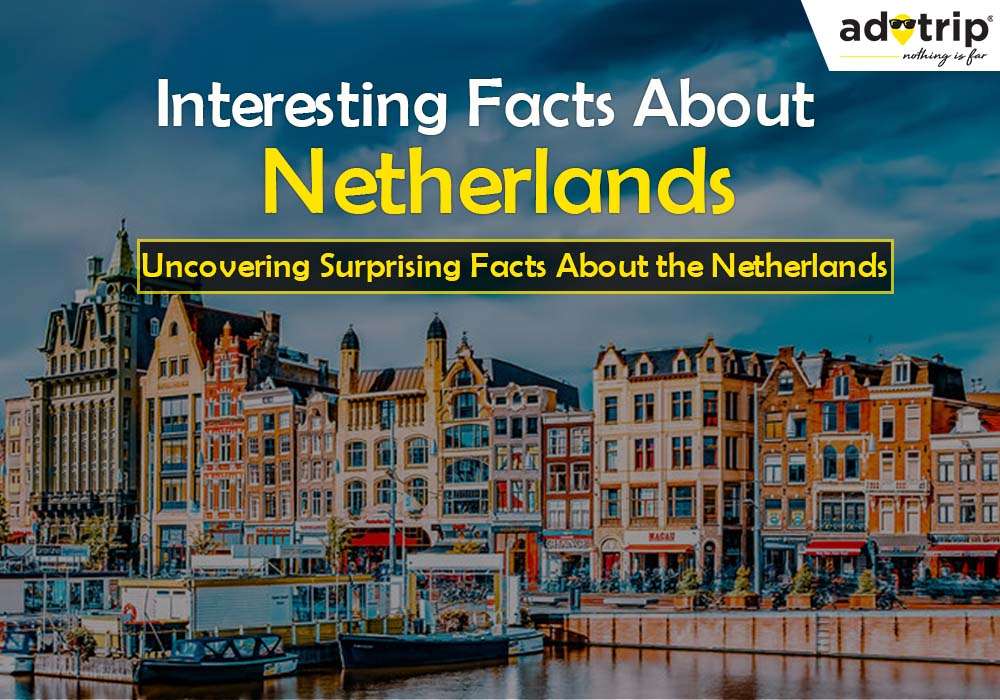
Last Updated At: 08-Sep-2023
12 Interesting Facts About Netherlands : Diving Into Dutch Culture
Tucked away in the heart of Europe, the Netherlands emerges as a mesmerising tapestry woven with tulip-laden fields, iconic windmills that dance with the sky, and labyrinthine canals mirroring the colourful world above. But beneath its picturesque landscapes lie layers of captivating trivia that stretch beyond the wooden clogs and cheesy souvenirs. This tiny titan of trade and tradition is a kaleidoscope of innovation, tolerance, and, yes, a particular brand of quirkiness that defies dimensions.
From its dizzying elevations below sea level to unique Dutch traditions, we're about to embark on a journey that unfolds the lesser-known petals of the orange-hued Dutch tulip. Buckle up for a whirlwind tour of interesting facts about the Netherlands that will make your compass needle spin!
List Of Interesting Facts About Netherlands
- Land of Bicycles
- A Windmill Wonderland
- Tulip Mania
- A Multilingual Population
- Dutch People Consume More Licorice
- Known for Great Architectural Wonders
- The Dutch Royal Family
- Dutch Invented Gin
- Birthplace of Democracy and Capitalism
- Dutch Produce Highest Amount of Clogs
- Biggest Beer Exporter
- Unique Dutch Festivals and Celebrations
12 Astonishing Facts About Netherlands You Never Knew
The Netherlands, a small yet highly developed country in Western Europe, never ceases to fascinate. Known for its lesser-known Dutch attractions, cycling routes, and many tulip fields, windmills, and canals, the country has much more to offer than just its idyllic scenery. With a history rich in culture, innovation, and a unique approach to social issues, many people need to be made aware of many fascinating aspects of the Netherlands.
1. Land of Bicycles
The Dutch have a love affair with bicycles that is unparalleled worldwide. There are more bikes than people in the Netherlands—approximately 23 million bicycles for a population of around 17 million! Cities like Amsterdam and Utrecht are teeming with cycle paths, bike-sharing stations, and even multi-story bike parking garages.
2. A Windmill Wonderland
When you think of the Netherlands, windmills are likely one of the first things that come to mind. Incredibly, there are still over 1,000 functioning windmills in the country. While the classic windmills served purposes like grinding grain or pumping water, today's modern versions are geared toward generating renewable energy.
3. Tulip Mania
Tulips are synonymous with the Netherlands, and the story of Tulip Mania in the 17th century is an interesting anecdote of how the flower became a symbol of wealth and prestige. Tulip bulbs became so valuable that they were treated as a form of currency, leading to one of the world's first speculative bubbles.
4. A Multilingual Population
Although the national language is Dutch, a significant portion is proficient in languages like English, German, and French. Around 90% of the population can speak English to some degree, making it one of the most English-proficient countries where English is not the native language.
5. Dutch People Consume More Licorice
Licorice, known locally as "drop," is available in various shapes, sizes, and flavours, from sweet to intensely salty. This treat has roots in the Netherlands' rich history, when the Dutch trading ships brought spices and exotic goods, including licorice root, from far-off lands. The Dutch adopted this flavour and elevated it to a staple, often enjoyed in social settings or as a casual snack. Furthermore, licorice has had a place in traditional Dutch medicine for its alleged health benefits, including soothing the digestive system. Its prominence is so notable that supermarkets and speciality shops dedicate significant shelf space to various types of licorice, and the average Dutch person is estimated to consume more than 4 pounds of licorice per year.
6. Known For Great Architectural Wonders
The Netherlands has carved a unique niche for itself in the world of architecture, boasting an array of remarkable wonders that captivate both locals and visitors alike. Amsterdam, the capital city, showcases an eclectic blend of historic and contemporary architectural gems, from the iconic canal houses with ornate gables to modern marvels like the Eye Film Museum. Rotterdam, often hailed as a laboratory for innovative design, features architectural masterpieces such as the Cube Houses and the Erasmus Bridge.
7. The Dutch Royal Family
The Dutch have a constitutional monarchy, and the royal family is immensely popular and reflects the intriguing Dutch golden age. Unlike other monarchies, the Dutch royals are known for being down-to-earth; it’s not uncommon to see King Willem-Alexander cycling around.
8. Dutch Invented Gin
The Origin of Gin is another intriguing tale of cultural exchange, invention, and adaptation, with the Dutch playing a pivotal role. Known originally in the Netherlands as "jenever," this spirit was initially used for medicinal purposes, dating back to the 16th century. Made from juniper berries—where it gets its name—jenever was believed to have healing properties and was used to treat ailments like stomach disorders and gout. The spirit caught the attention of English soldiers who fought alongside Dutch troops during the Eighty Years' War and the Thirty Years' War. Over time, jenever evolved into what we now know as gin, becoming a staple of British culture and a key ingredient in iconic cocktails like the gin and tonic.
9. Birthplace of Democracy and Capitalism
The Dutch pioneered many social and economic systems. The first stock exchange was established in Amsterdam in 1602, and the city was a key player in the development of modern capitalism. Similarly, the Netherlands was one of the first countries to establish a functioning democracy with its States-General, and it has a long history of social tolerance.
10. Dutch Produce Highest Amount of Clogs
The production of approximately six million souvenir clogs yearly speaks volumes about the Dutch mastery of combining tradition with commerce. Wooden shoes, known locally as "klompen," have long been part of Dutch heritage. Traditionally worn by farmers and labourers, these wooden clogs were valued for their durability and the protection they offered against sharp objects and moisture. The sheer volume of souvenir clogs produced each year attests to their popularity among tourists and the Netherlands' skill in commodifying aspects of its cultural heritage. Through these charming wooden souvenirs, the Dutch have turned a traditional form of footwear into an internationally recognised symbol of their culture, sustaining its historical relevance and economic value.
11. Biggest Beer Exporter
The Netherlands holds a prominent global position as the world's second-largest beer exporter, which may surprise many. Renowned for its rich beer culture, the country is home to several well-established breweries, such as Heineken and Amstel, which have gained international acclaim. These breweries produce various beer styles, including the iconic Dutch lagers, pilsners, and speciality brews, all contributing to the country's impressive export volume. The Dutch dedication to brewing excellence has enabled them to carve out a significant share of the global beer market, making the Netherlands a key player in the worldwide beer industry and a true paradise for beer enthusiasts.
12. Unique Dutch Festivals and Celebrations
King's Day, celebrated on April 27th, sees the entire country donning orange attire to honor the royal family, creating a sea of orange-themed parties and markets. Carnaval, primarily in the southern regions, is a riotous affair with colorful parades and elaborate costumes. Sinterklaas, celebrated in December, involves the arrival of a bishop-like figure who distributes gifts, showcasing Dutch traditions. Tulip festivals celebrate the nation's floral heritage, while events like the International Film Festival Rotterdam showcase its contemporary cultural scene. These festivities reveal the Netherlands' unique blend of tradition and innovation.
The Netherlands is indeed a fascinating blend of old and new, where tradition meets innovation. Its ability to adapt, grow, and remain a leader in various aspects of society makes it a fascinating country to study and an even better place to visit. Whether you are interested in the Netherlands' rich history, art, engineering, or social sciences, the Netherlands has something captivating to offer.
Planning a trip to the Netherlands?
Look no further than Adotrip to make your travel experience more enjoyable and hassle-free.
Adotrip offers a wide range of services specifically tailored for travel to the Netherlands.
With us, nothing is far!
FAQs About Interesting Facts About the Netherlands
Q 1. How did the Dutch manage to reclaim land from the sea through polders?
A 1. The Dutch reclaimed land from the sea by constructing dikes and using windmills to pump out water, gradually converting submerged areas into fertile farmland in a process known as poldering.
Q 2. What is the history behind the famous Dutch windmills?
A 2. The Dutch windmills originated in the 11th century and were originally used for grinding grain. However, they later became more important for pumping water out of the lowlands and draining marshes. By the 17th century, there were over 10,000 windmills in the Netherlands. Today, there are only about 1,000 still standing, but they remain a popular tourist attraction.
Q 3. How many bicycles are estimated to be in the Netherlands, and why are they so popular?
A 3. There are an estimated 23 million bicycles in the Netherlands, more than the number of people in the country. Bicycles are popular in the Netherlands because they are a convenient, healthy, and environmentally friendly way to get around.
Q 4. What is the importance of the tulip in Dutch culture and history?
A 4. Tulips hold significant importance in Dutch culture and history. They became a symbol of the Netherlands, known for the 17th-century "Tulip Mania," a speculative bubble around tulip bulbs, and today represent beauty, heritage, and the Dutch floral industry.
Q 5. How did the Netherlands become a constitutional monarchy?
A 5. The Netherlands became a constitutional monarchy in 1815 after the defeat of Napoleon. King William I, accepted a constitution limiting his powers and granting rights to citizens.
--- Published By Adotrip
Latest Blogs
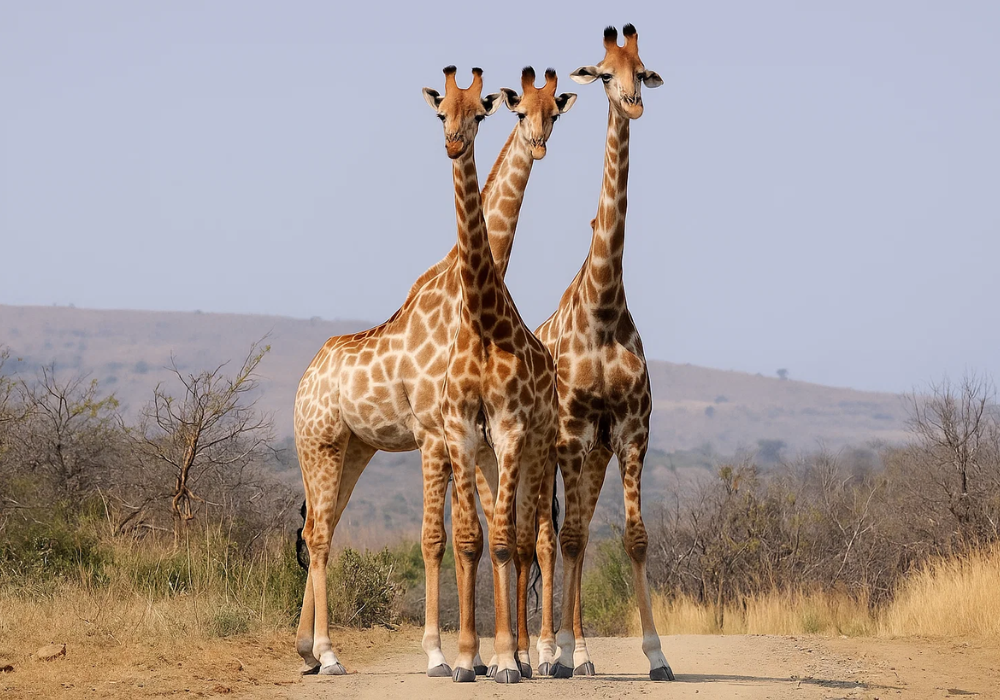
Cash in the Wild: My Safari Adventure Across Kenya with Only...
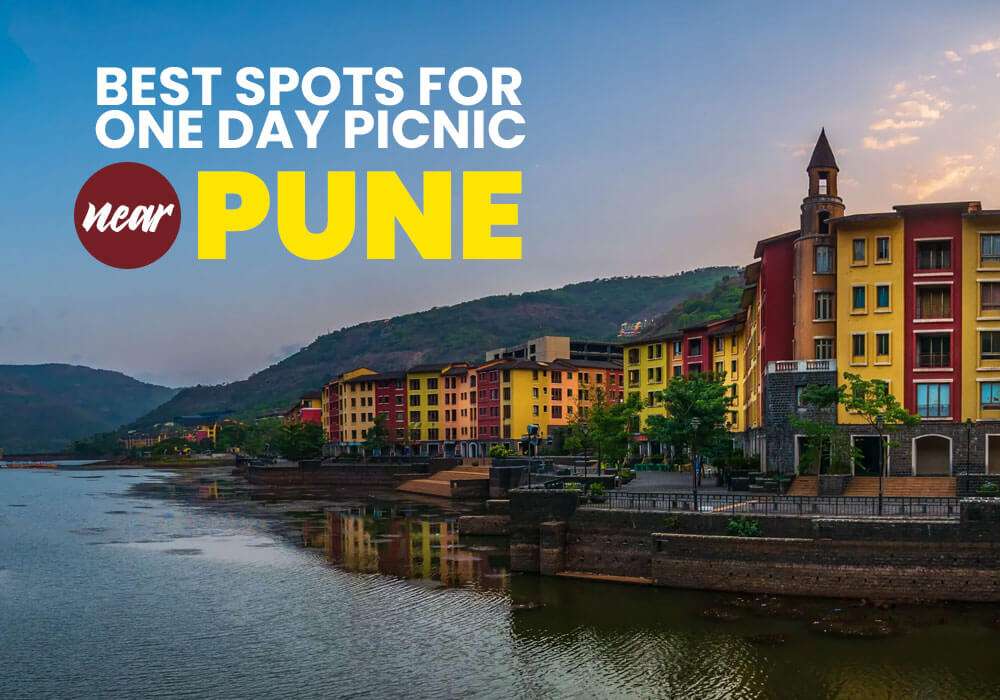
One Day Picnic Spot Near Pune - Adventure, Trekking and Natu...
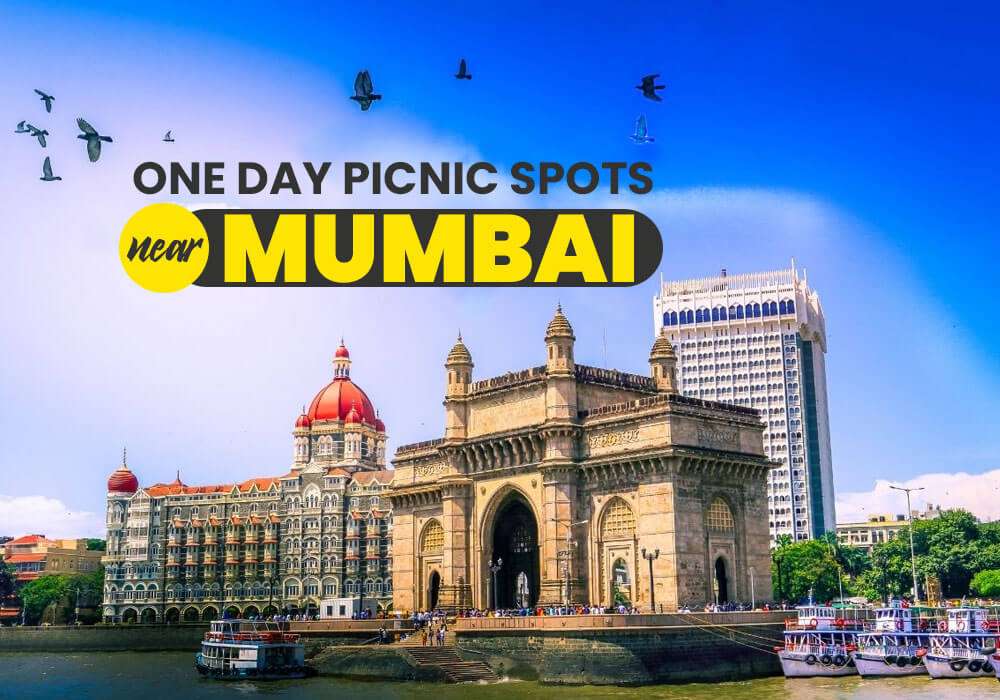
One Day Picnic Spots Near Mumbai - Monsoon, Adventure, Beach...
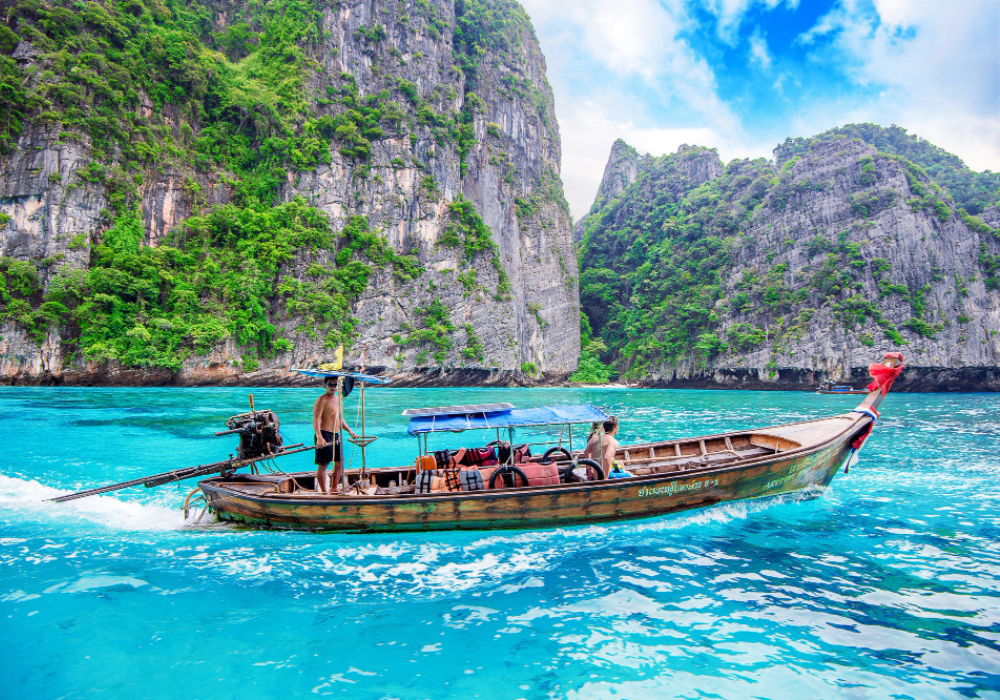
The Best Places to Go in Thailand in 2025



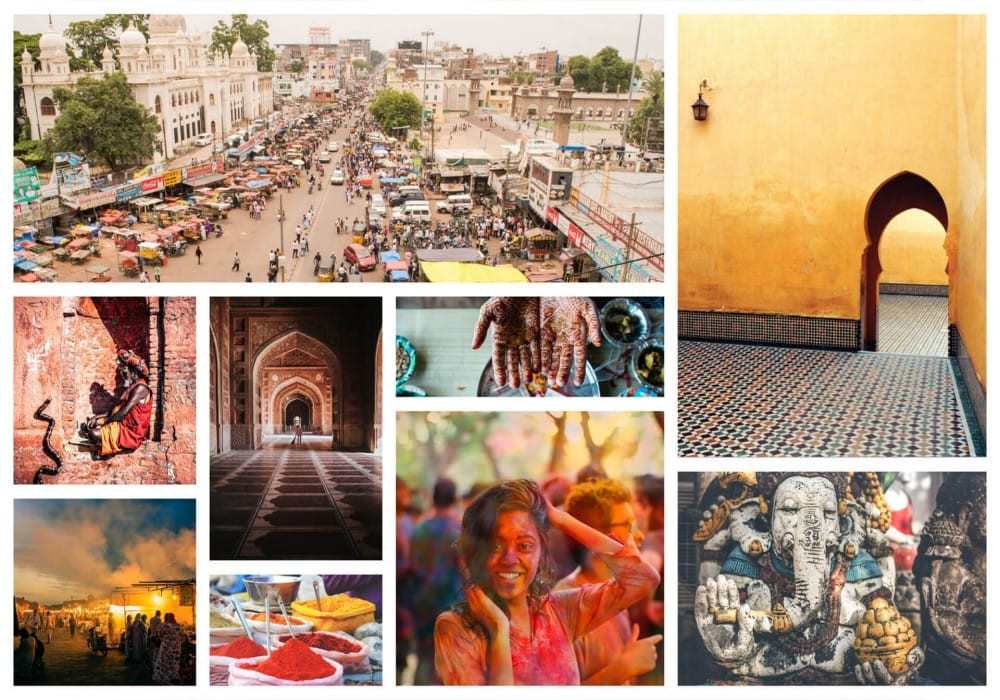
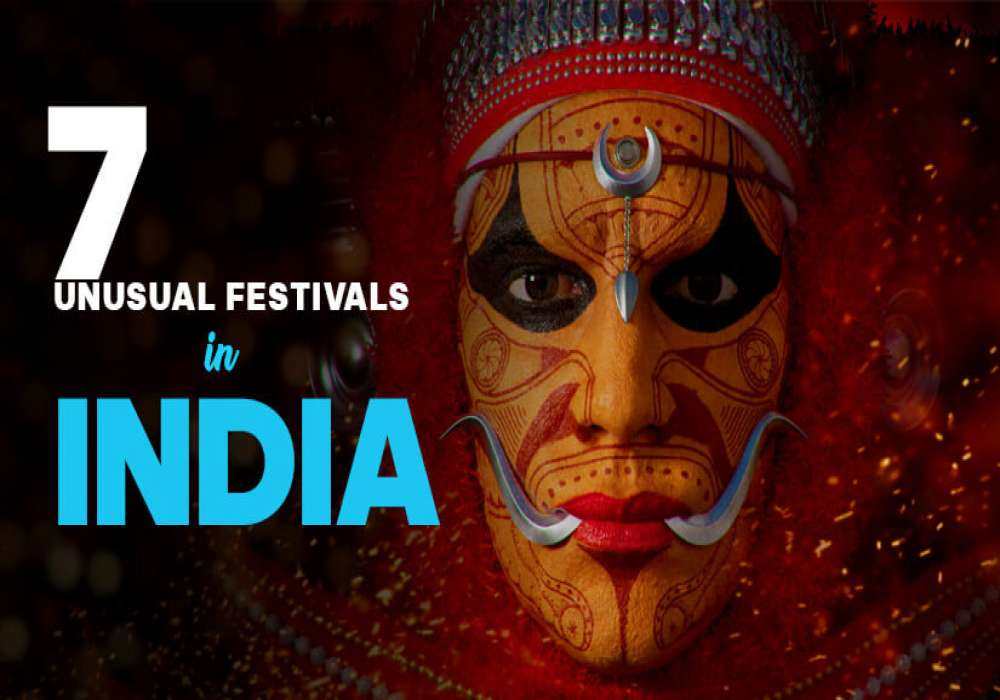


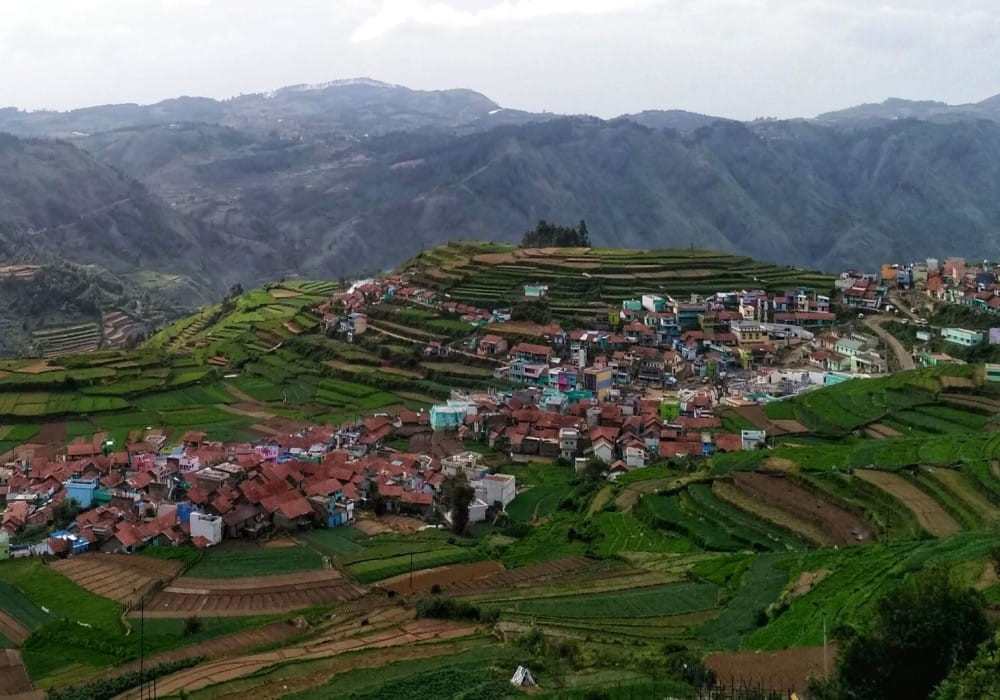
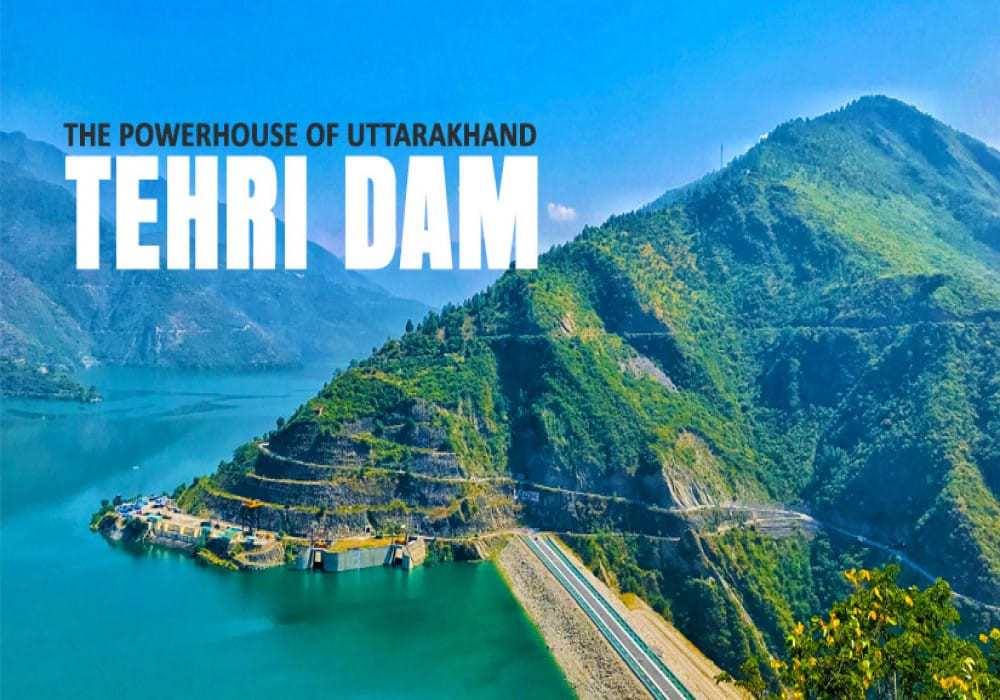
.JPG)
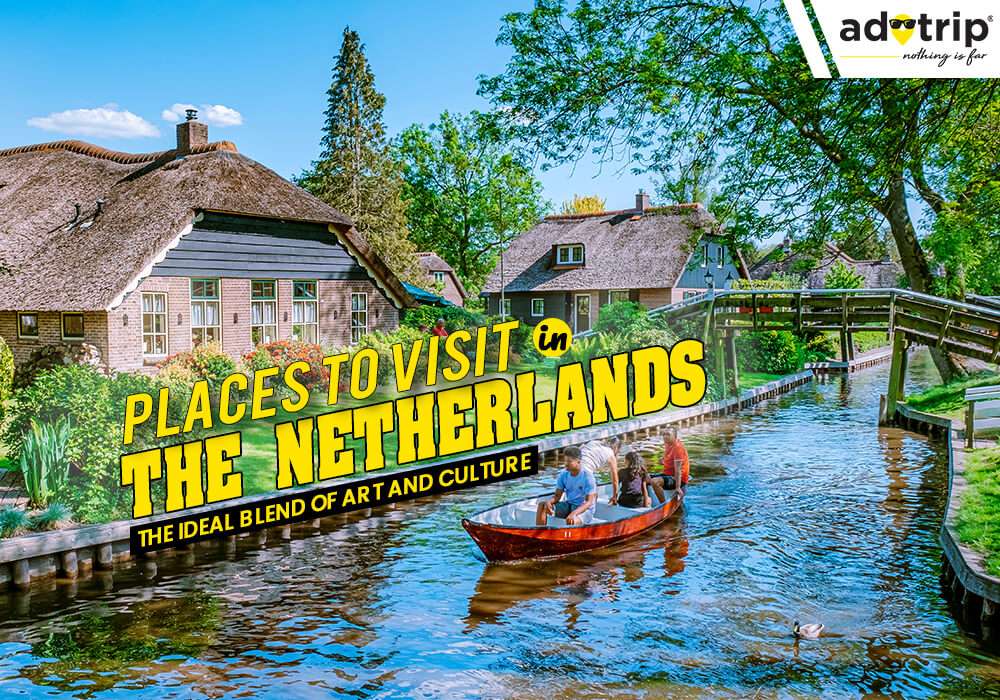
 Dubai
Dubai Malaysia
Malaysia USA
USA





